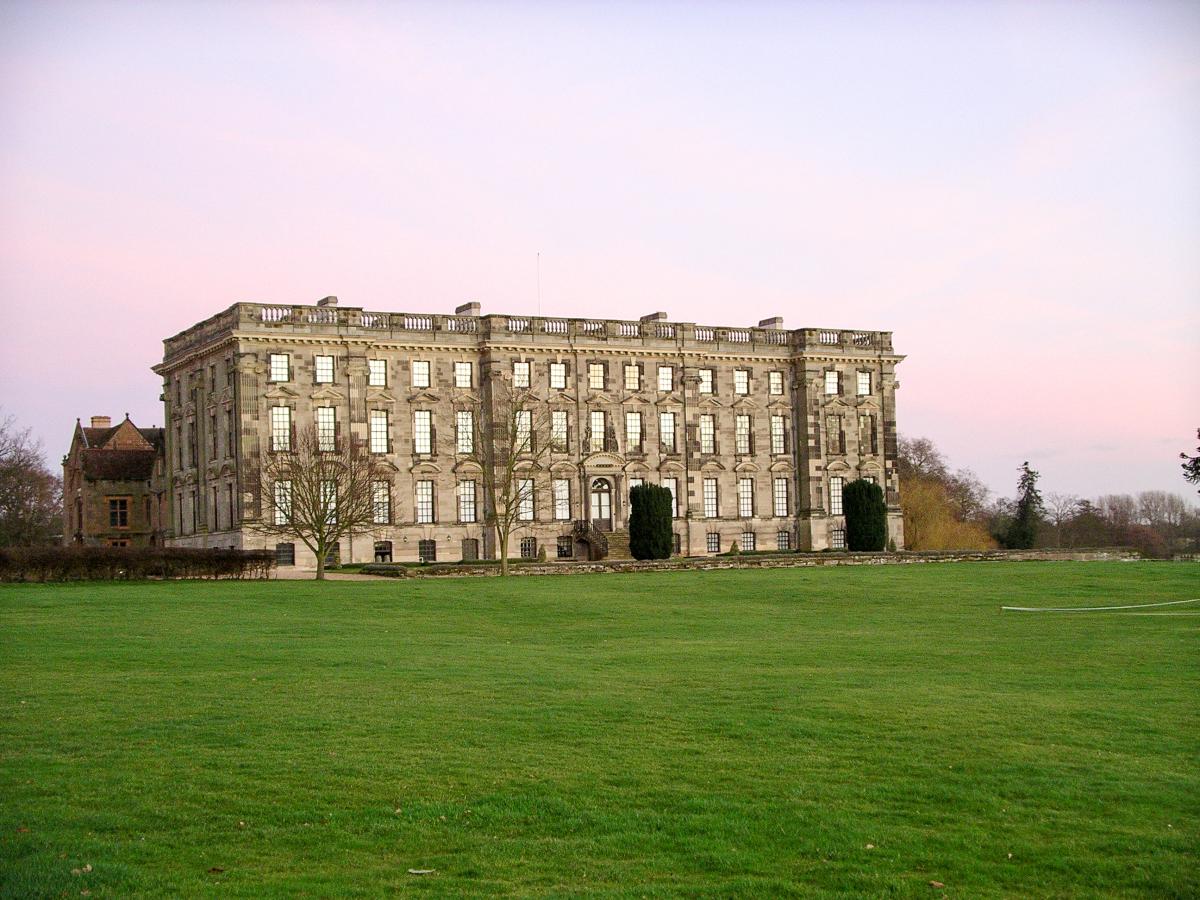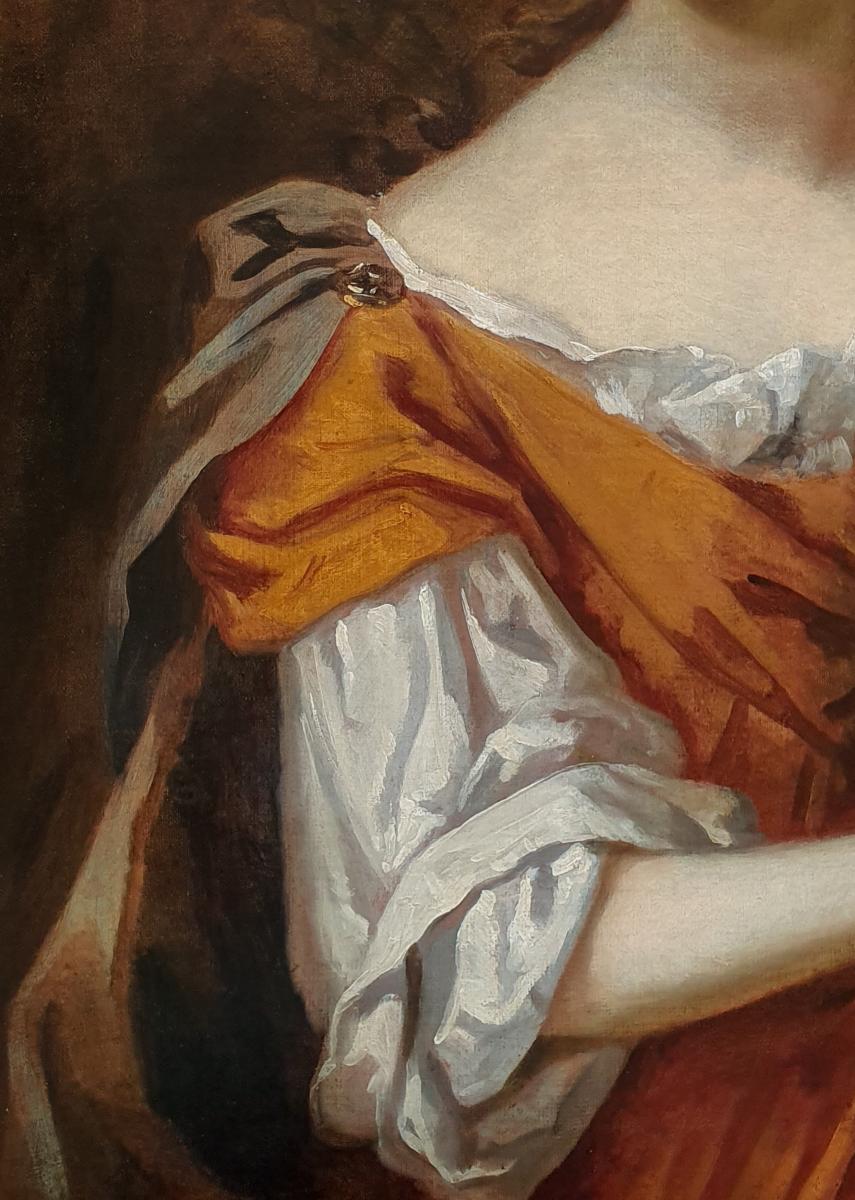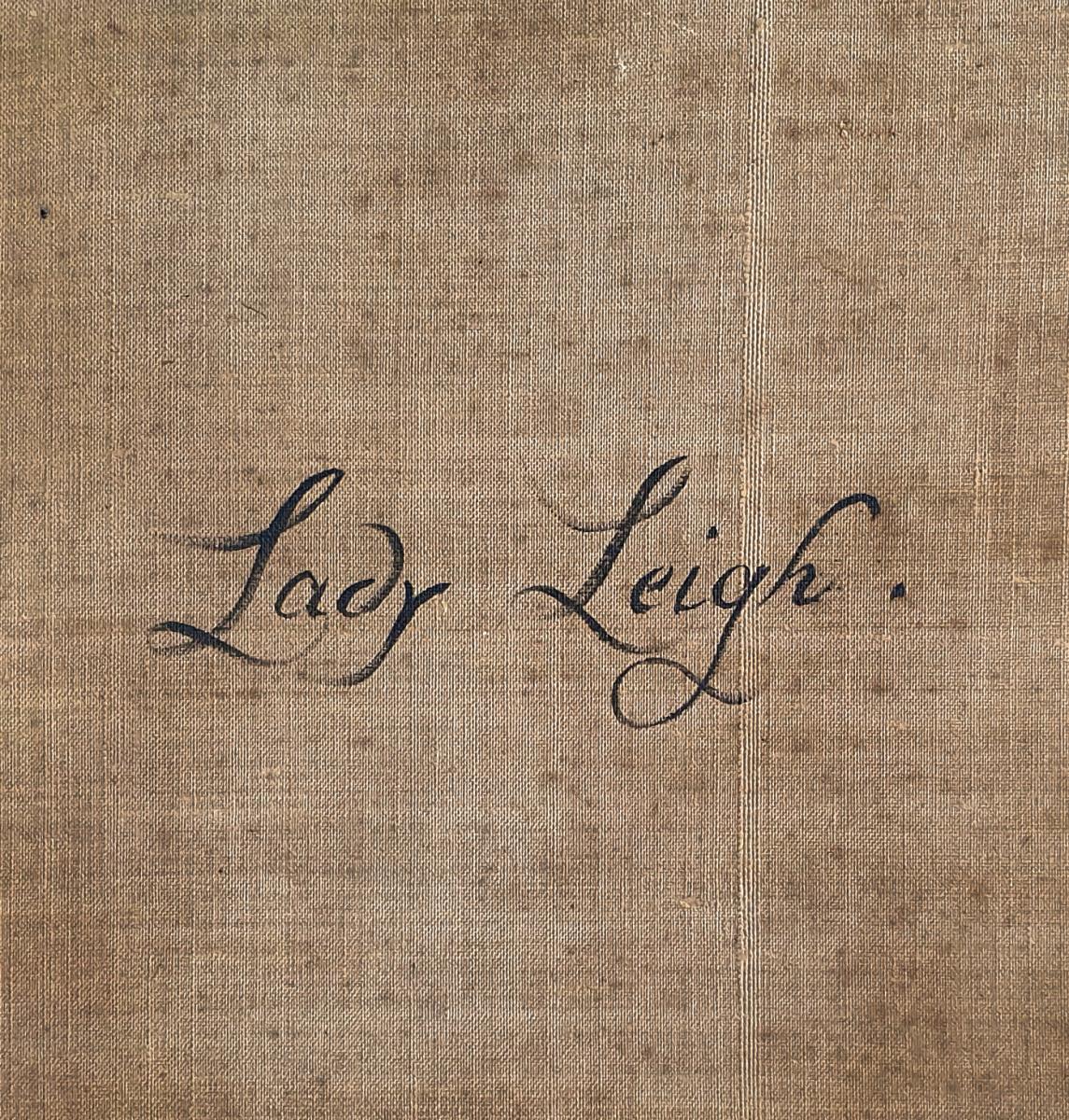"Portrait Of Lady Leigh (1658-1705) C.1679; Circle Of Peter Lely (1618-1680)"
This elegant and sophisticated portrait is a good example of the type of portrait that was popular in England during the last part of the 17th century. It is said to represent Lady Eleanor Leigh (née Watson), daughter of Edward Watson, 2nd Baron Rockingham and his wife Anne Wentworth. Lady Leigh was born at Rockingham Castle in 1658 and died in 1705. She married Sir Thomas Leigh, 2nd Baron Leigh Stoneleigh (1652-1710) of Stoneleigh Abbey and the couple had six children; their fifth child, Edward, became the 3rd Baron Leigh of Stoneleigh (1684-1738). It is likely that this portrait was painted to mark the occasion of her marriage in 1679.
The Leigh family was one of the three largest landowning families in the English Midlands. The first creation of the Leigh Baronetage in the Peerage of England was in 1643 when Sir Thomas Leigh, 2nd Baronet, was created Baron Leigh, of Stoneleigh in the County of Warwick. The family seat was Stoneleigh Abbey (see photo) located in England’s West Midlands, a former Cistercian Abbey with 12th century origins. The Abbey was purchased in 1571 by Sir Thomas Leigh, Lord Mayor of London. During the mid 1650’s the financial state of Stoneleigh was seriously compromised but recovered in the later decades due to the lands brought into the family by the first marriage of the sitter’s husband Sir Thomas Leigh, 2nd Baron to Elizabeth Brown (d.1678), despite it being a hapless marriage with a great deal of acrimony, ending with a separation. Thomas’ second marriage to the sitter in our portrait was a much happier union and heralded a quieter phase in the family history.
There was a large demand for paintings in England in the second half of the 17th century. This was partly due to the relative affordability but also the building boom of the 1680s where art was needed to fill the new homes. The demand for portraits however was greatest and there were many artists working in this lucrative field. Even artists who initially trained in the more respected field of history painting, such as Peter Lely, turned their attention to portraiture due to their desire for profit. Moreover, it was not uncommon for the British, even for men, to present a gift of one’s portrait to a friend. Portraits were first and foremost a memento.
The close-curled hair, springing loosely away from the head, is in the usual fashion of the 1670s and was known as the hurluberlu (first appeared c.1671). In the celebrated letters of Madame de Sévigné when describing the style accounted “Now just imagine the hair parted peasant fashion to within two inches of the back roll; the hair each side is cut in layers and made into round loose curls which hang about an inch below the ear; it looks very young and pretty - two bouquets of hair on each side... a large curl on top which sometimes falls down the neck.”
The arcadian setting, the classical costume, and the placement of the arm imbues the portrait with a graceful and sensitive quality. This is a beautiful example from the period. Contained in its fine carved and gilded antique frame. inscribed “Lady Leigh” on the reverse of the canvas.
Peter Lely, the son of a Dutch military officer, was born in Germany at Soest in Westphalia in 1618. Though his family name was van der Faes, he assumed the name Lely after the lily that was carved on the gable of his father’s home in The Hague. He studied in Haarlem before moving to London in 1641 and in 1647 he became a freeman of the Painter-Stainers’ Company. Initially, Lely painted a variety of subject matter including landscape, religious, and mythological scenes, however, he quickly recognized the strength of the English market for portraiture. By working for many of the patrons of the late van Dyck, Lely rapidly established himself as one of the country’s most important portrait painters, including Charles I as patron. Lely painted the most elite and influential members of the court.
Provenance: Deceased London estate related to the sitter
Measurements: Height 93cm, Width 80cm, Depth 8cm framed (Height 36.5”, Width 31.5”, Depth 3” framed) 



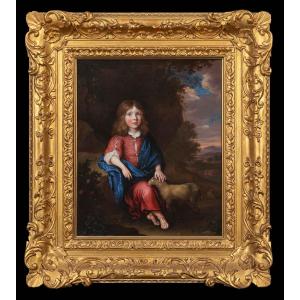

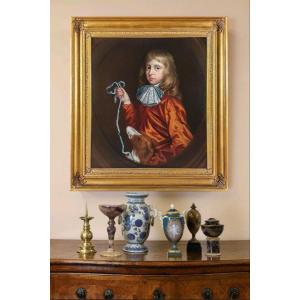



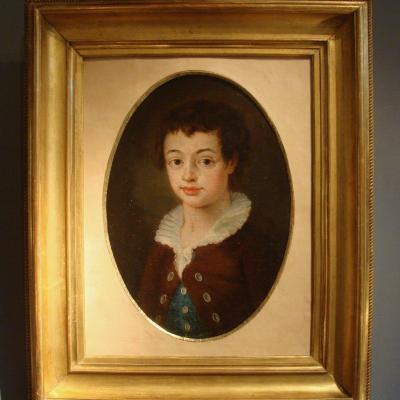
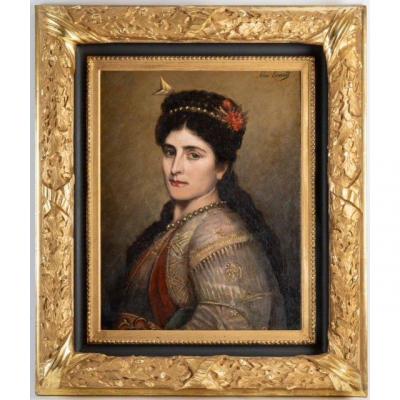
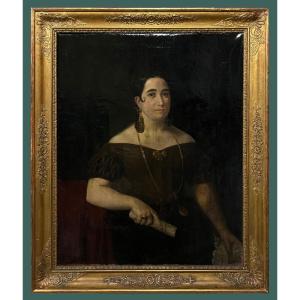

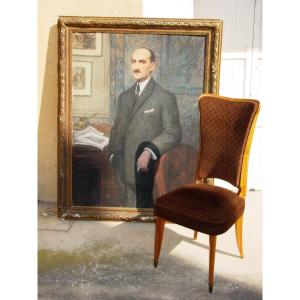
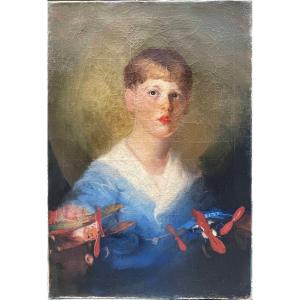




 Le Magazine
Le Magazine Rivista Artiquariato
Rivista Artiquariato TRÉSORS magazine
TRÉSORS magazine


